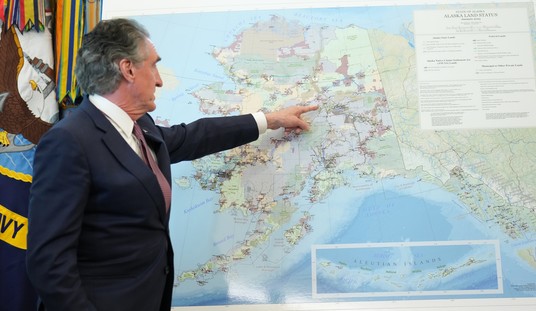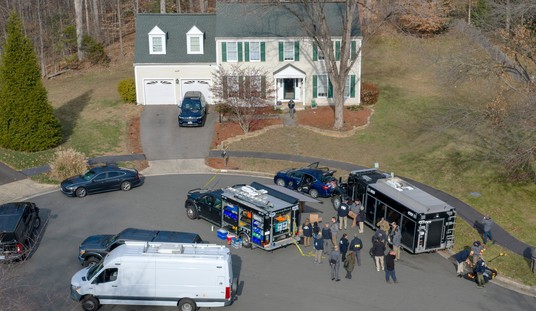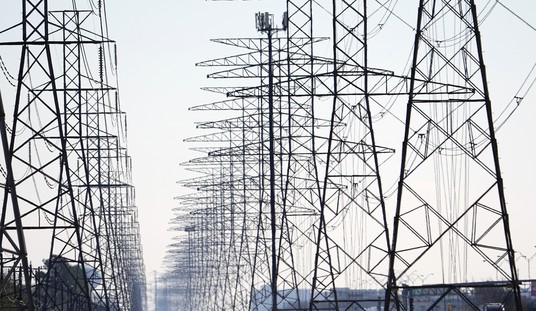Relentless fires have raged in some of Southern California’s beautiful cities, wreaking destruction throughout Los Angeles County. The tragic event is projected to cost tens of billions, being the most expensive wildfire in U.S. history. Unfortunately, the Golden State is no stranger to fires; they are a common occurrence. But they can and should be more properly mitigated.
Congressional action is imperative. The permitting process just to clear out excessive and flammable brush, which are known to exacerbate wildfires, needs to be streamlined. About one-third of California’s 100 million acres (and one-fourth of Los Angeles) is forestland, the majority of which is managed by the U.S. Forest Service.
The best way to temper potential wildfires is to conduct regular prescribed burns or mechanical thinning to reduce the dead or overgrown trees and shrubbery that can quickly accumulate within California’s forests. Such debris provides kindling after the dry, high winds sweep across the valleys, stripping away whatever moisture remains. It was reported in 2019 that Los Angeles County had not conducted a prescribed burn in more than a decade. Very susceptible to drought, the state is literally a tinderbox ready to ignite.
The next California inferno is not a matter of if but when.
Thinning well-forested areas and creating fire breaks will of course not prevent blazes from starting. But these measures can certainly slow a fire’s spread and therefore its severity. Properly reducing vegetation is a necessary strategy that could mean the difference between hundreds of acres burned, or hundreds of thousands.
“The more we take away the fuel for a fire to burn, the more we’re going to lessen the risk and make individual residences and communities resilient,” says Joe Ten Eyck, a retired Forestry and Fire Protection operations chief. Stringent pruning guidelines in some cities are credited for assisting firefighters in saving homes and other buildings.
Recommended
The U.S. Department of Agriculture has found “overwhelming evidence” that mechanical thinning and prescribed burning effectively reduce future wildfire severity by as much as 72 percent. Not surprisingly, other studies demonstrate the economic value of investing in these efforts; it is far more costly to fight wildfires in untreated areas.
Performing these critical procedures should not be required to undergo the arduous process—often five to seven years—of producing an environmental impact statement (EIS) as prescribed by the National Environmental Policy Act (NEPA). They need to be granted a far less stringent course of action, such as categorical exclusion (CE), instead. But it’s going to take an act of Congress; the Sierra Club successfully sued the U.S. Forest Service to prevent the creation of a CE for prescribed burns.
According to a recent study by the Breakthrough Institute, public lands management projects are the most frequently litigated environmental reviews brought through NEPA and can add 3.7 more years to a project’s implementation. And yet, government agencies win roughly 80 percent of the lawsuits. A high success rate is a strong indication that EIS reviews are fairly solid and well-constructed. Forest managers are doing their job and doing it well.
Being tied up in court proceedings does not bode well for our forests. Any delay of these essential land management projects puts lives and homes at risk. Such roadblocks have already created a backlog.
In a congressional hearing last April, Property and Environment Research Center (PERC) testified “America’s national forests face an 80-million-acre backlog in needed restoration,” which “leaves our forests with excess fuels….less resilient to climate change and drought.”
Wildfires inflict more damage than what detractors insist land management might unleash. Not only do fires destroy lives and properties, but they can wipe out habitats and cause erosion that ruins land and degrades watersheds.
They also negate any progress made in slashing carbon emissions. California’s wildfires each year emit almost as much carbon as 2 million cars. Their record wildfire year in 2020 released twice the amount of carbon emissions than they had cut the 18 years prior.
Properly maintaining our public lands should be a top priority, especially in fire-prone states like California. It should not take up to 10 years to implement land management projects; grant these projects a far less rigid environmental review process. We cannot afford to play politics with forestry, homes, and human lives.
It is too soon to determine to what degree unkempt forests and shrubs played a role in Los Angeles. But while the residents rebuild their lives and recover from this awful disaster, we can work to rebuild proper land management policies. Rather than wait for calamity to strike, wouldn’t it be better to do everything in our power to prevent the next catastrophe from happening?
Kristen Walker is a policy analyst for the American Consumer Institute, a nonprofit education and research organization. For more information about the Institute, visit www.theamericanconsumer.org or follow us on Twitter @ConsumerPal.

























Join the conversation as a VIP Member